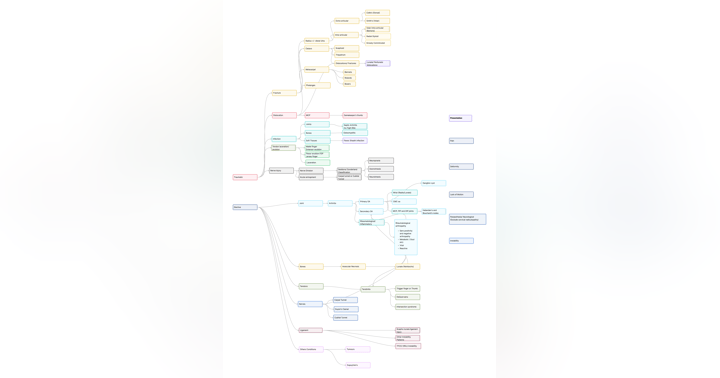Understanding Orthopaedic Conditions

Orthopaedics is a vast and vital specialty that touches nearly every aspect of medicine. With musculoskeletal problems accounting for almost a third of GP consultations, it's surprising that most medical students receive fewer than 60 hours of dedicated teaching in this area—much of which focuses solely on anatomy. However, as Dr. Gavin Nimon emphasises in this comprehensive overview, orthopaedics encompasses far more than just "bones on x-rays." It's fundamentally about improving quality of life through addressing pain, stiffness, and functional limitations.
Approaching orthopaedic diagnosis requires a systematic framework, beginning with a thorough understanding of how patients present. Pain, the most common symptom bringing patients to orthopaedic care, can be categorised into distinct types that guide diagnosis. Mechanical pain, typically associated with osteoarthritis or degenerative conditions, worsens with activity and improves with rest. In contrast, inflammatory pain presents characteristically with morning stiffness lasting more than 30 minutes and gradually improving with movement—a hallmark of conditions like rheumatoid arthritis or crystal arthropathies such as gout. Other pain presentations include traumatic pain (acute or chronic), infectious pain (as in septic arthritis), neoplastic pain (often unrelenting and nocturnal), and neuropathic pain (burning or electric in nature, seen in conditions like sciatica or carpal tunnel syndrome).
Stiffness represents another major presentation that significantly impacts function. Gavin divides this into articular causes (arising from within the joint) and periarticular causes (involving structures surrounding the joint). Articular stiffness may result from osteoarthritis with its characteristic bony spurs and loose bodies, meniscal tears causing mechanical locking, joint effusions, or adhesive capsulitis (frozen shoulder). Periarticular stiffness stems from muscle contractures, tendon adhesions, ligament contractures, or soft tissue scarring. Understanding this distinction helps direct both investigation and treatment approaches.
Deformity, swelling, weakness, instability, and neurological symptoms round out the common presentations in orthopaedics. Each of these symptoms carries its own differential diagnosis ranging from common conditions to rare but serious pathologies that must not be missed. Dr. Nimon emphasises the value of applying a time-based lens to these presentations, categorising them as acute (sudden onset, often dramatic), chronic (gradual development, progressive), or mixed (where a long-standing condition suddenly deteriorates).
The diagnostic approach in orthopaedics follows the classic "look, feel, move, and special tests" methodology, supplemented by targeted investigations. While advanced imaging like MRI plays an important role, Gavin stresses that plain radiographs remain fundamental and should rarely be omitted from the assessment pathway. This systematic approach ensures that diagnoses are comprehensive and accurate, laying the groundwork for appropriate management.
Modern orthopaedic care is increasingly specialised, with surgeons focusing on specific anatomical regions (spine, shoulder, knee, etc.) or patient populations (paediatric, adult). However, regardless of specialisation, orthopaedics remains a team discipline involving anaesthetists, rheumatologists, radiologists, sports physicians, physiotherapists, occupational therapists, and rehabilitation specialists—all working together with the patient and family at the centre of care.
The blog concludes with a crucial reminder about orthopaedic emergencies that must never be missed: cauda equina syndrome, compartment syndrome, septic arthritis, open book pelvic fractures, compound fractures, and acute septic flexor tenosynovitis. These time-critical conditions require prompt recognition and intervention to prevent devastating long-term consequences. At its core, orthopaedics is about restoring movement and function—a mission that extends far beyond the operating theatre into every aspect of patient care.




